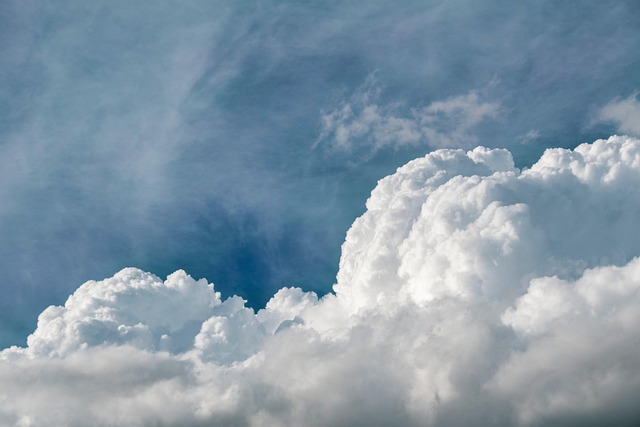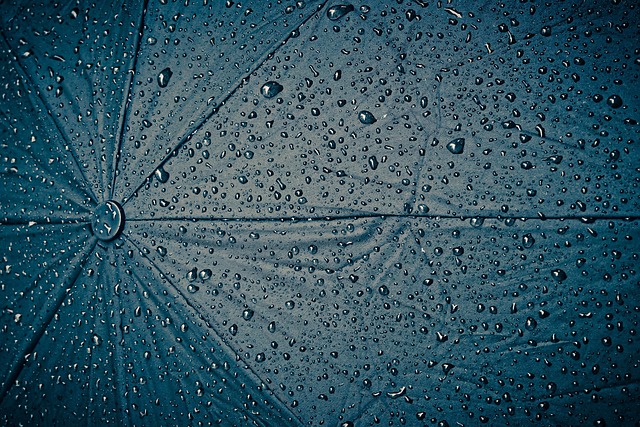Radar technology is a game-changer for storm monitoring in Karachi, providing accurate real-time data on storm intensity and movement. Advanced weather radar systems enhance forecast precision and early warning systems, helping authorities evacuate at-risk areas effectively. Post-storm analysis contributes to better understanding of weather patterns, refining storm prediction models for future preparedness. This technology is transforming severe storm forecasting and management in Karachi, where extreme weather events are increasing in frequency and intensity.
Advances in Radar Monitoring of Severe Storms introduces a profound evolution in predicting and tracking storms, focusing on Karachi’s experience. Radar technology, with its ability to penetrate clouds and detect precipitation, plays a pivotal role in storm monitoring. This article explores the benefits of radar for severe weather events, delving into Karachi’s implementation of advanced systems to predict storm patterns. We discuss cutting-edge innovations in radar tech, their impact on accuracy, and early warning systems. Additionally, it examines challenges like range limitations and interference, while highlighting future prospects through integrated monitoring solutions for enhanced storm safety in Karachi.
- The Role of Radar Technology in Storm Monitoring
- – Explanation of radar and its function
- – Benefits of radar monitoring for severe storms
- Karachi's Experience with Radar-Assisted Storm Prediction
The Role of Radar Technology in Storm Monitoring

Radar technology plays a pivotal role in monitoring severe storms, providing crucial data for meteorologists and emergency responders. In urban areas like Karachi, where dense populations and infrastructure make storm response critical, radar becomes an indispensable tool. Advanced weather radar systems can detect and track the intensity and movement of storms with remarkable accuracy. By broadcasting continuous pulses of electromagnetic waves, these radars penetrate clouds to offer real-time insights into storm structures, allowing for more precise forecasts and early warnings.
This technology enables meteorologists to predict the path and severity of approaching storms, helping authorities in Karachi to prepare and evacuate areas at risk. The data collected also aids in post-storm analysis, contributing to a better understanding of weather patterns and potentially leading to improved storm prediction models.
– Explanation of radar and its function

Radar, a powerful tool for monitoring weather conditions, has significantly advanced in its capabilities, especially in tracking severe storms. This technology uses radio waves to detect and locate objects, including precipitation, clouds, and storm cells. In the context of Karachi, where extreme weather events can be particularly intense, radar monitoring plays a crucial role in early warning systems.
The modern radar system transmits radio pulses that travel through the atmosphere and bounce back from objects. By measuring the time it takes for these reflections to return, meteorologists can determine the distance, speed, and size of storm particles. In Karachi’s diverse climate, this real-time data helps predict and prepare for potential storms, ensuring better safety measures for its bustling metropolis.
– Benefits of radar monitoring for severe storms

Radar monitoring has emerged as a powerful tool in forecasting and managing severe storms, offering unprecedented insights into their behavior. For cities like Karachi, where extreme weather events are becoming increasingly frequent and intense, this technology is a game-changer. By providing real-time data on storm formation, intensity, and movement, radar systems enable meteorologists to issue more accurate warnings, allowing residents and emergency services to prepare and respond effectively.
This advanced monitoring system offers several advantages. It can track the development of storms at various altitudes, helping to predict their path and severity. The continuous scanning capability ensures no part of the storm remains undetected, especially in complex urban landscapes like Karachi’s. Additionally, radar data integrated with weather models improves forecast accuracy, potentially saving lives and minimizing damage by providing crucial lead time for evacuation and disaster management strategies.
Karachi's Experience with Radar-Assisted Storm Prediction

Karachi, Pakistan’s bustling metropolis, has witnessed firsthand the transformative power of radar-assisted storm prediction. The city, often beset by severe weather events, has seen a significant improvement in its disaster management capabilities thanks to cutting-edge radar technology. By integrating advanced radar systems into their meteorological services, Karachi’s meteorologists can now provide more accurate and timely warnings for approaching storms.
This innovative approach allows them to monitor cloud formations, track wind speeds, and detect potential thunderstorms miles away from the coast. The data gleaned from these radar systems has proven invaluable in predicting the intensity and path of storms, enabling residents and emergency services to prepare accordingly. Karachi’s experience serves as a compelling example of how radar monitoring can enhance storm prediction and ultimately save lives and property during severe weather episodes.
Advances in radar technology have significantly enhanced our ability to monitor and predict severe storms, as evidenced by Karachi’s successful implementation. By providing real-time data on storm intensity, movement, and behavior, radar systems enable more accurate warnings and better preparedness, ultimately saving lives and minimizing damage. As technology continues to evolve, the role of radar in safeguarding communities like Karachi against extreme weather events will only grow more pivotal.
